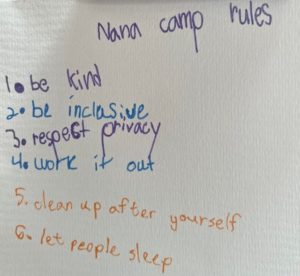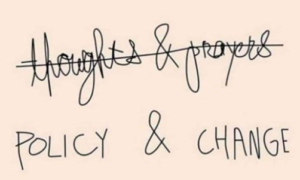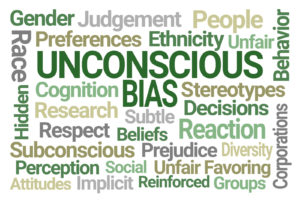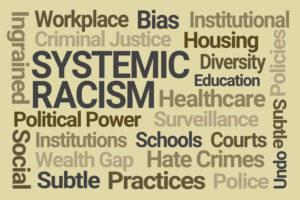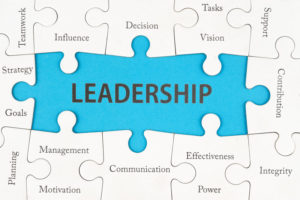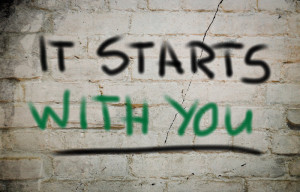It’s Getting Harder to be a Woman in America by Claire Suddath, senior writer at Bloomberg Businessweek, is a powerful, must-read piece for anyone concerned about what is happening to women in this country.
in this country.
I have long been a champion for women and a proud feminist. Doing what I can while in leadership roles to support women, not being afraid to speak out on women’s issues, and voting for candidates who are truly pro-women’s rights. I encourage you to do the same.
It was good to see the recent Becker’s story “30 hospitals, health systems and biomedical companies on Forbes’ top 100 list of best employers for women” that listed all 30 and their rank within the top 100. According to the Forbes article, “America’s Best Employers for Women”, the survey respondents were asked to rate their organizations on criteria such as working conditions, diversity and how likely they’d be to recommend their employer to others. These responses were reviewed for potential gender gaps. Female respondents were then asked to rate their employers on factors such as parental leave, discrimination and pay equity, and to nominate organizations in industries outside their own. Representation at the executive and board levels were also factored into the final score.
If your organization didn’t make the list, ask yourself what you can do. Are you in an HR leadership position and able to directly influence employee policies and benefits? Are you an IT leader who consistently creates a supportive culture and values diversity? Regardless of your position, do you help create a supportive work environment?
We’re all in this together – at home, at work, and in our communities.
Related Posts:
9 articles on women and work worth your time

